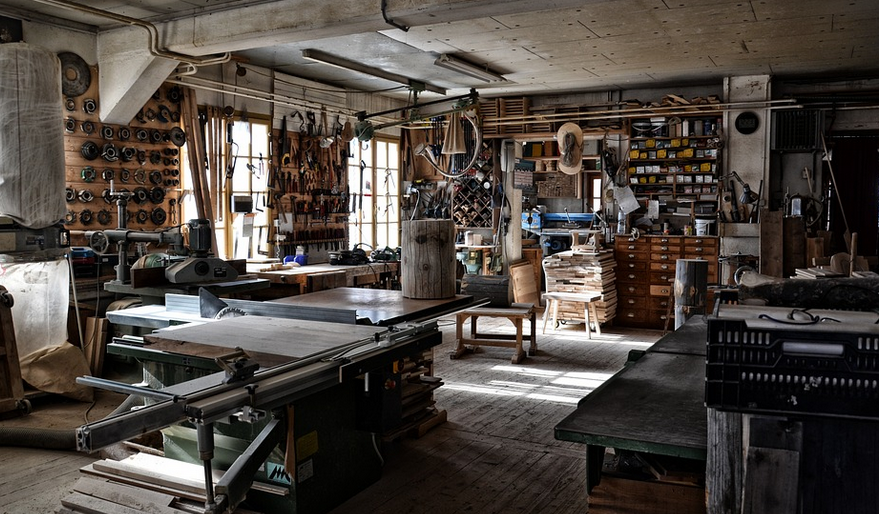Why Insulate Your Cinder Block Wall?
Cinder block walls are a classic choice for construction, offering durability and affordability. However, they can sometimes struggle with keeping your home warm in the winter or cool in the summer. This is where insulation comes in! It’s like adding an extra layer of protection to your wall, preventing heat or cold transfer and improving energy efficiency.
Understanding Cinder Block Walls
Cinder blocks are known for their porous nature. They allow air to flow through, which can lead to thermal bridging – a pathway for heat to easily move from one area of the structure to another. This is especially troublesome in colder climates where drafts and chilly temperatures become a problem.
Insulating Your Cinder Block Walls: A Step-by-Step Guide
Insulating your cinder block walls isn’t as daunting as it seems, with many DIY options available. Here’s a straightforward guide to help you get started:
1. Assessing the Area
Before you begin, take some time to assess the area you plan to insulate. What size is your wall? Are there any air gaps between the blocks themselves or around windows and doors? Make a note of the location, especially if you’re working with complex designs like fireplaces.
2. Choosing the Right Insulation
The type of insulation you choose will depend on several factors: your budget, desired level of insulation, and local climate. You can look into options that are commonly used for cinder block walls:
* **Rigid Foam Insulation:** This is a fantastic choice for many cinder block walls. It comes in sheets or boards, offering excellent thermal resistance. It’s relatively easy to install and fits seamlessly within the wall cavity.
* **Mineral Wool Insulation:** Known as rock wool insulation, this material provides good insulation with an added layer of moisture resistance. It also boasts fire-resistance properties, making it a great choice for homes.
3. Installing the Insulation
Once you’ve chosen your insulation type, the installation process is relatively straightforward:
1. **Prepare Your Walls:** Make sure to protect any surrounding areas and clear out any debris or dust from the walls.
2. **Measure and Cut:** Precisely measure the wall space and cut your insulation sheets accordingly, making sure to leave a little extra for overlap and proper fitting.
4. Installing Insulation Around Windows & Doors
Since windows and doors are known to be points of air leakage, you want to focus on insulating them as well:
1. **Caulk:** Use weather stripping or caulk around the frames of your windows and doors. This will shut out drafts and keep warm air inside during winter.
5. Closing Up Your Walls
Now that you’ve gone over those steps, it’s time to put everything together:
1. **Secure the Insulation:** Ensure your insulation is tightly secured within the walls using adhesive or screws, depending on the type of insulation chosen.
2. **Close Up the Gaps:** Use cement patching compound or spackle any remaining gaps and cracks in the wall.
Benefits of Installing Cinder Block Walls
Insulating your cinder block walls offers several benefits:
* **Energy Savings:** By preventing heat transfer, you’ll be able to regulate temperatures within your home more effectively, leading to reduced energy bills.
* **Improved Comfort:** A properly insulated house offers a much cozier environment in both the summer and winter, with less fluctuation in temperature.
* **Increased Durability:** Insulation acts as a shield against moisture and drafts, potentially prolonging the life of your cinder block walls.
A Word to the Wise
Before embarking on any insulation project, always remember safety first! Wear appropriate protective gear like gloves, goggles, and masks. If you’re working with power tools, ensure they are properly grounded to avoid electrical hazards. Most importantly, if you feel unsure about any step of the process, consult a professional for guidance.
Insulating your cinder block walls can be a rewarding DIY project that pays off in the long run. With the right planning and execution, you’ll create a more comfortable, energy-efficient home while enjoying the unique aesthetic of your cinder block structure.
